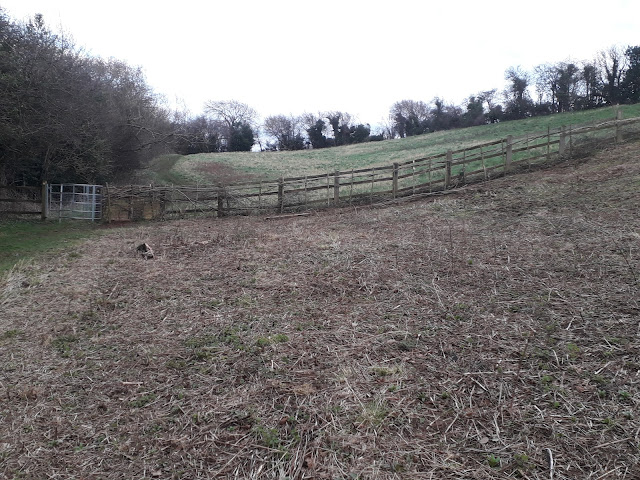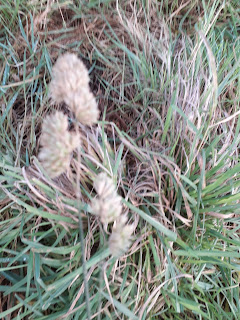These two trees open their leaves between late March and May.
Oak before ash, in for a splash
Ash before oak, in for a soak.
Which one leafs up first is actually a function of weather and season. Oak trees respond to increased warmth, while ash trees open when the light increases with longer days. So global warming is likely to lead to the oak always going first. Even in the past the ash only won the race about 30% of the time. Oak is already leafing up two weeks earlier than 30 years ago while ash is only 7-10 days earlier.
These are two of the easiest trees to identify from their winter buds. Ash buds are coal black and are in opposite pairs along the stem - just slightly offset from each other.
The special feature with oak is that the terminal bud on each twig (the one at the end) is multiple, with three, or more buds clustered together.













































